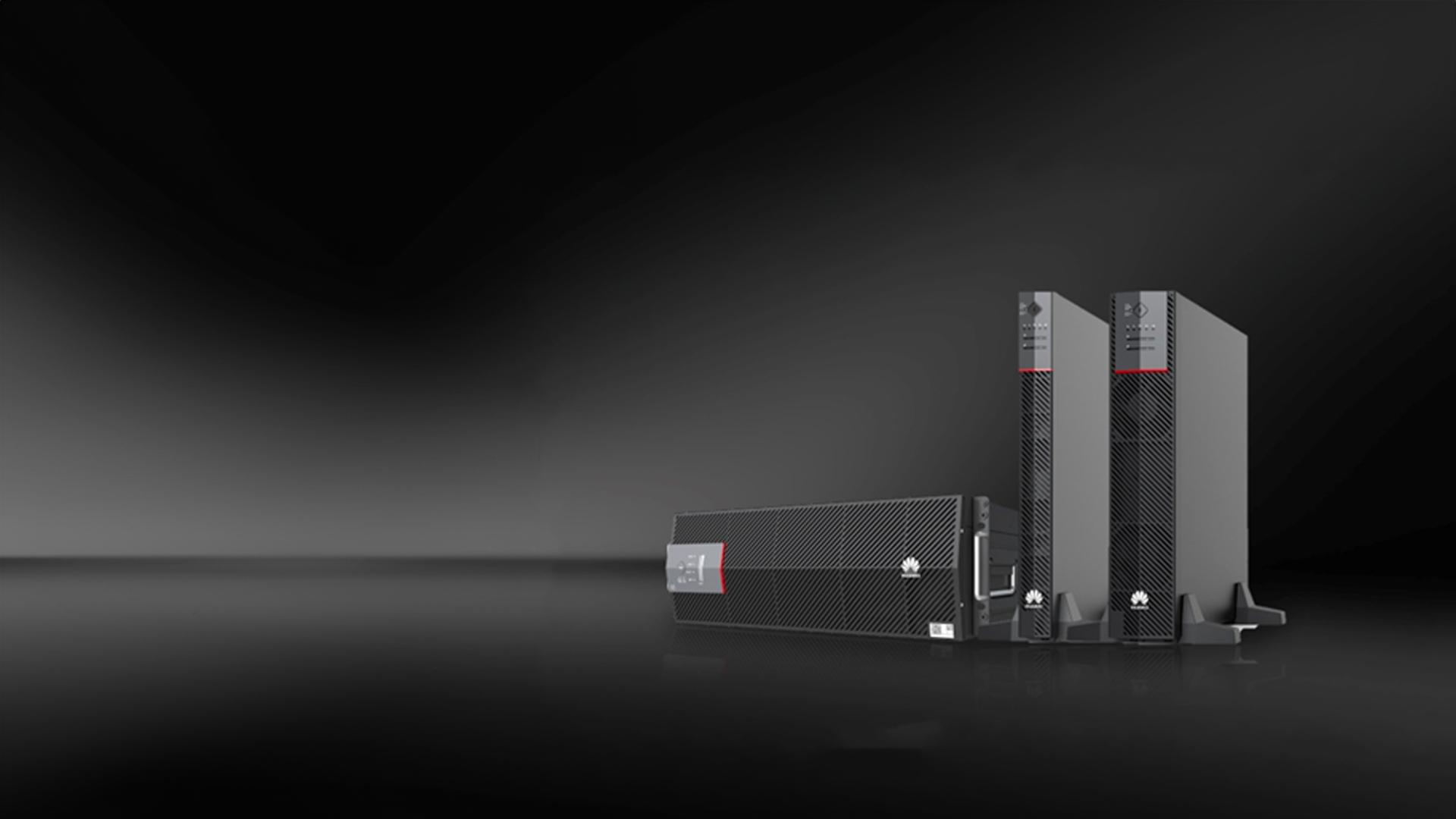
How we ensure that you always have power
UPS stands for Uninterruptible Power Supply. A UPS is a device that immediately takes over the power supply in the event of a power failure and supplies it to the connected systems.
What is a UPS?
UPS stands for ‘Uninterruptible Power Supply’, translating to ‘uninterrupted power supply’. UPS systems are also referred to as no-break or emergency power supplies. A UPS is a setup that takes over the power supply instantly during a power outage, supplying power to the connected systems.
View it at your location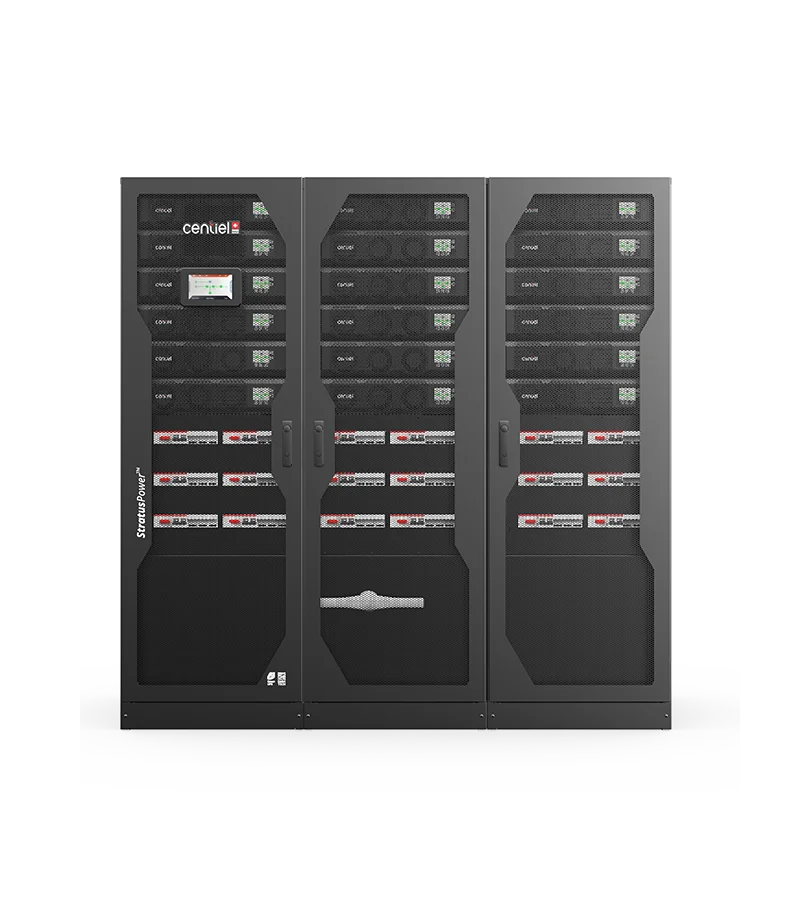
Uninterruptible power supply (UPS)
UPS stands for ‘Uninterruptible Power Supply’, translating to ‘uninterrupted power supply’. UPS systems are also referred to as no-break or emergency power supplies. A UPS is a setup that takes over the power supply instantly during a power outage, supplying power to the connected systems.
An Uninterruptible Power Supply (UPS) is used for various applications such as computer, telecom, industrial, or medical equipment. It's crucial for applications where power must not fail, for instance, within operating rooms, data centers, tunnels, and telecom networks. At the start of each project, ELINEX poses the question: ‘What happens if the power goes out there?’
In an online UPS, the batteries are always connected to an inverter. As soon as the power fails, the rectifier is removed from the power circuit, and the batteries ensure that the power level remains constant. Once the power supply is restored, the rectifier takes over and starts recharging the batteries. The major advantage of an online UPS is the ability to create an ‘electrical firewall’ between the incoming power supply and sensitive electronic equipment.
Both a UPS and a generator are emergency power solutions. A UPS is referred to as a 'no-break', and a generator as a 'short-break'. During a power outage, a UPS takes over the power supply without interruption, hence 'no-break'. An emergency power generator (NSA) needs to start up first, hence it is called a short-break as there's a short power interruption before an NSA supplies power. Often both are applied. Firstly, the UPS provides emergency power immediately. Simultaneously, the NSA is started, and the transition from UPS to NSA is done seamlessly. The time autonomous power is supplied with the UPS or NSA is referred to as autonomy time.
Differences between a UPS and an emergency power generator?
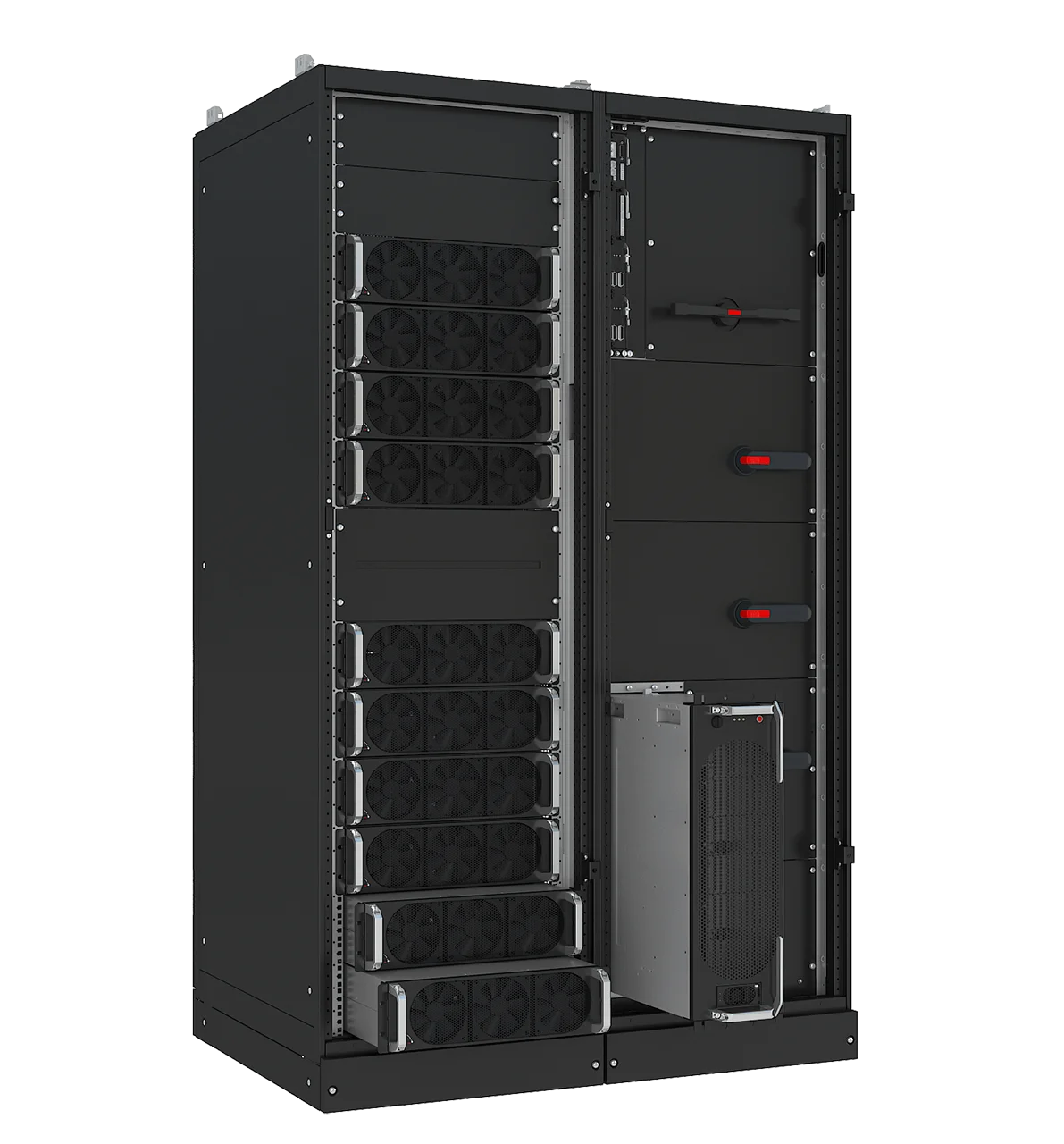
How do our UPS systems stand out from others?
Various manufacturers supply systems that provide emergency power during power outages. The difference lies in the details. ELINEX delivers the highest quality at the best conditions, resulting in lower MTTR (Mean Time To Repair), lower MTBF (Mean Time Between Failures), higher efficiency, and lower TCO (Total Cost of Ownership). ELINEX caters to its customers with an innovative product portfolio consisting of multiple solutions and brands, to provide what suits you best.
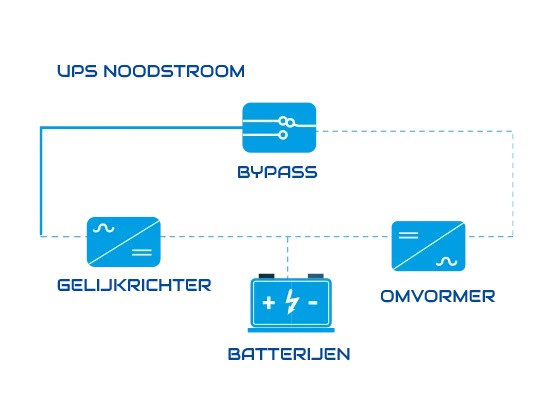
What is a static UPS?
A static UPS operates on batteries that are activated instantly during a power outage. The batteries take over the power of the connected devices without interruption, ensuring that crucial business processes do not falter during a power outage. UPS systems each deliver a certain amount of VA (or MegaVA). Each situation thus requires a static UPS with different power and specifications.
We supply UPSs
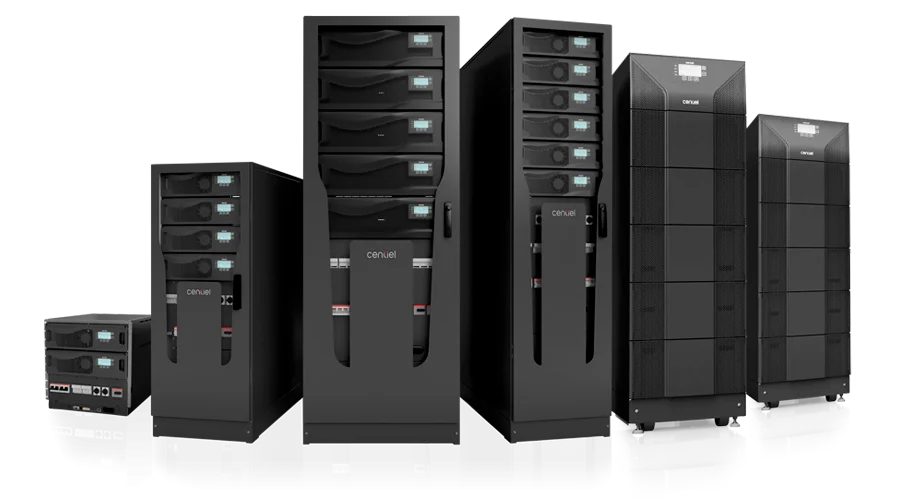
UPS no-break installation
For the certified ELINEX Service Engineers, nothing is too complicated. We specialize in placing, installing, and commissioning UPS systems. This is done by our service engineers and project managers who can effortlessly collaborate with third parties, like your own installer.
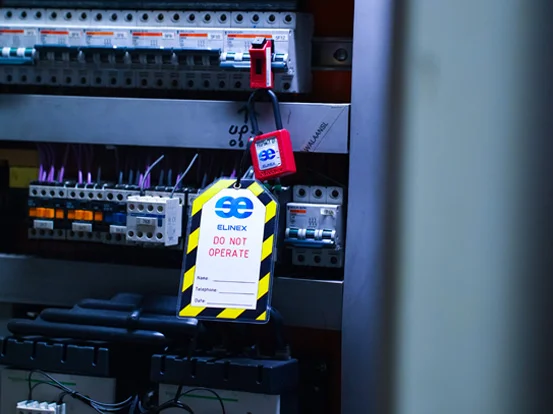
Service Level Agreement (SLA) for a UPS
ELINEX offers three different contract forms for maintaining a UPS solution: preventive, corrective, and predictive maintenance. Various response times can be chosen: next business day, on-site within 8 hours, and on-site within 4 hours. The contract can include multiple options regarding the maintenance to be performed. For instance, an extra visit per year, charged load tests via a load bank, remote monitoring, etc. This way, you always have a solution that fully matches every specific need!





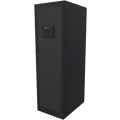
.png?resolution=120x120&quality=95&trim=1)
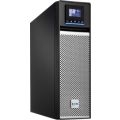
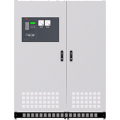
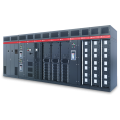
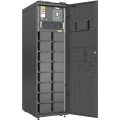
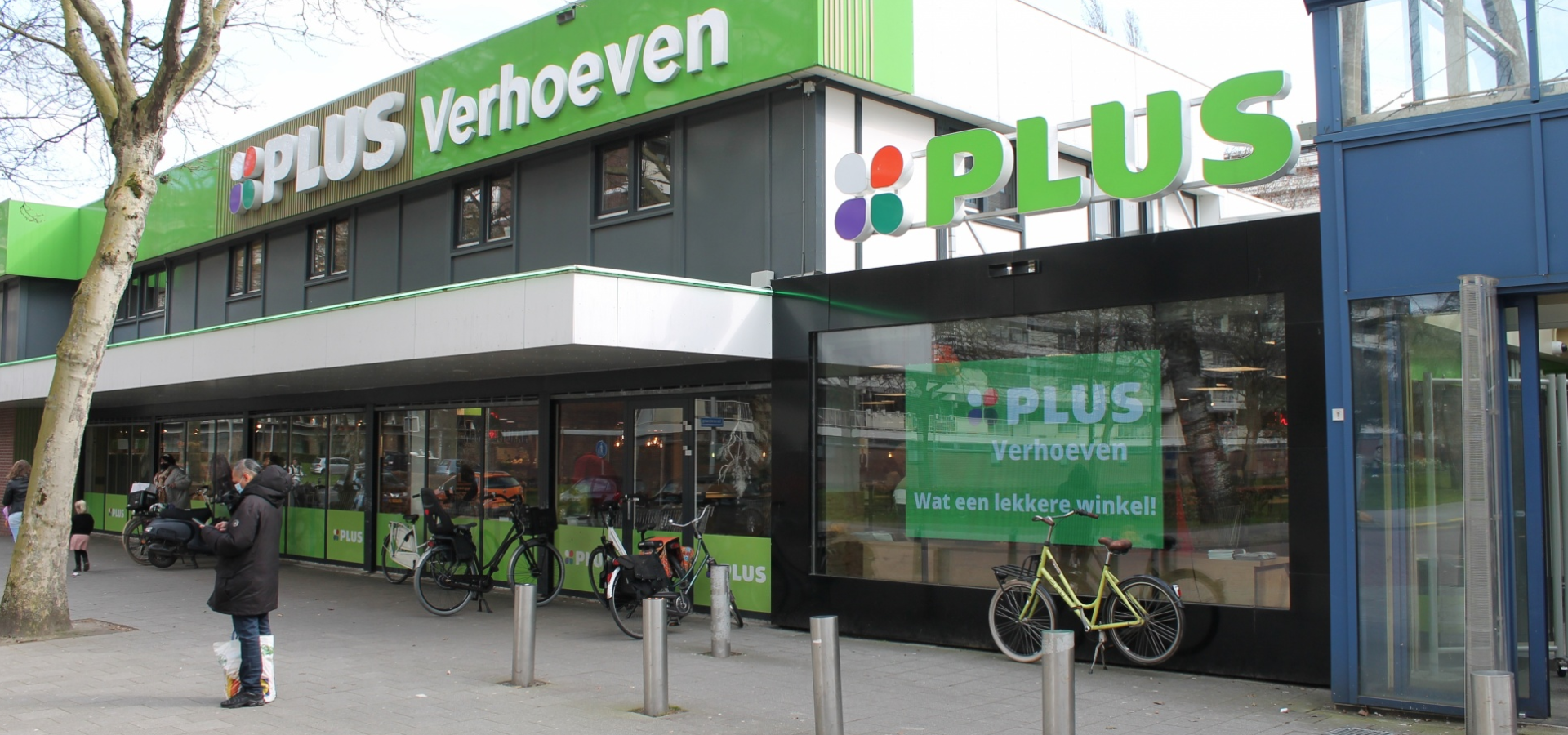
.jpg?resolution=1920x900&quality=95)









-(1).png?resolution=500x600&quality=95)